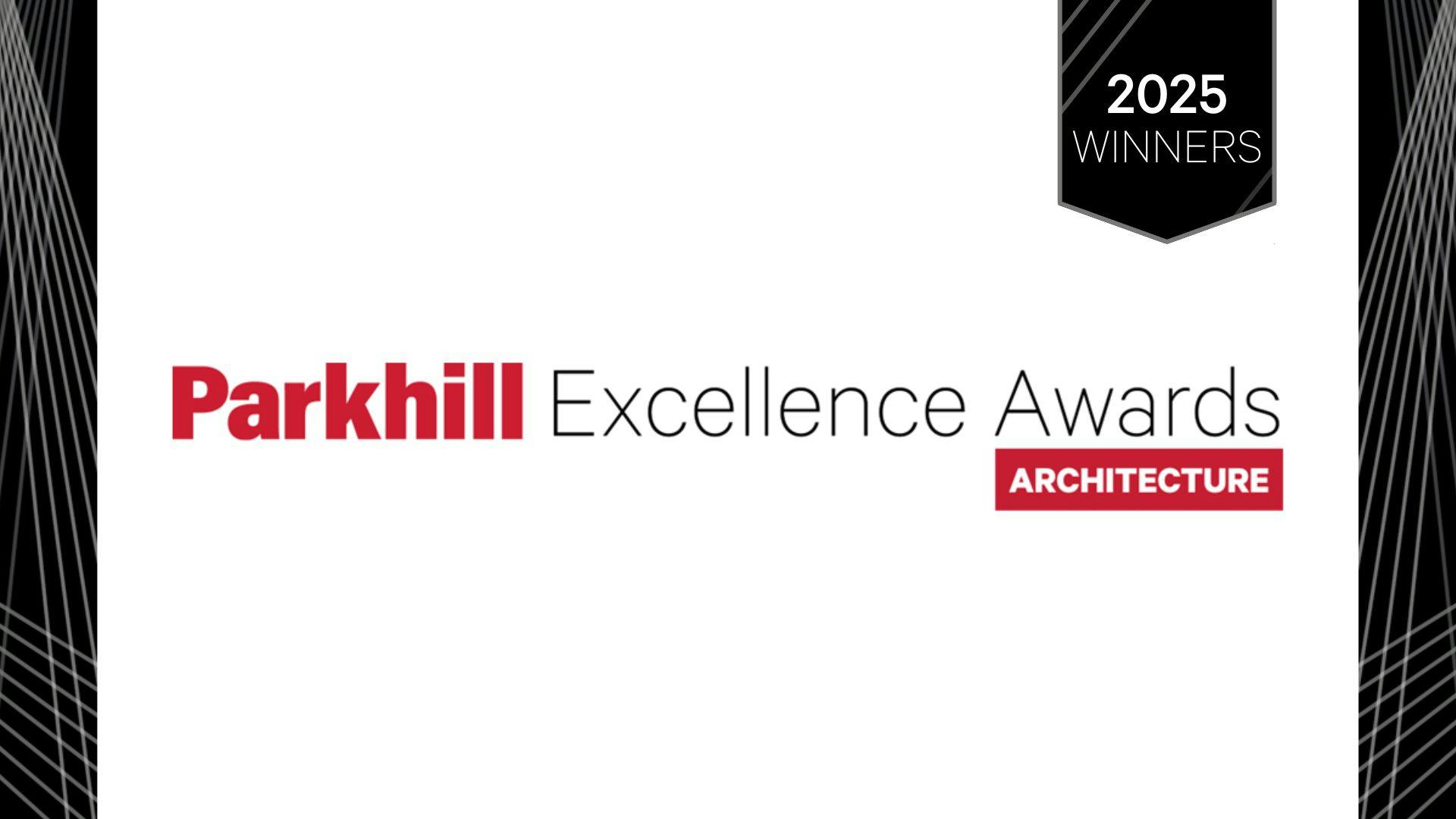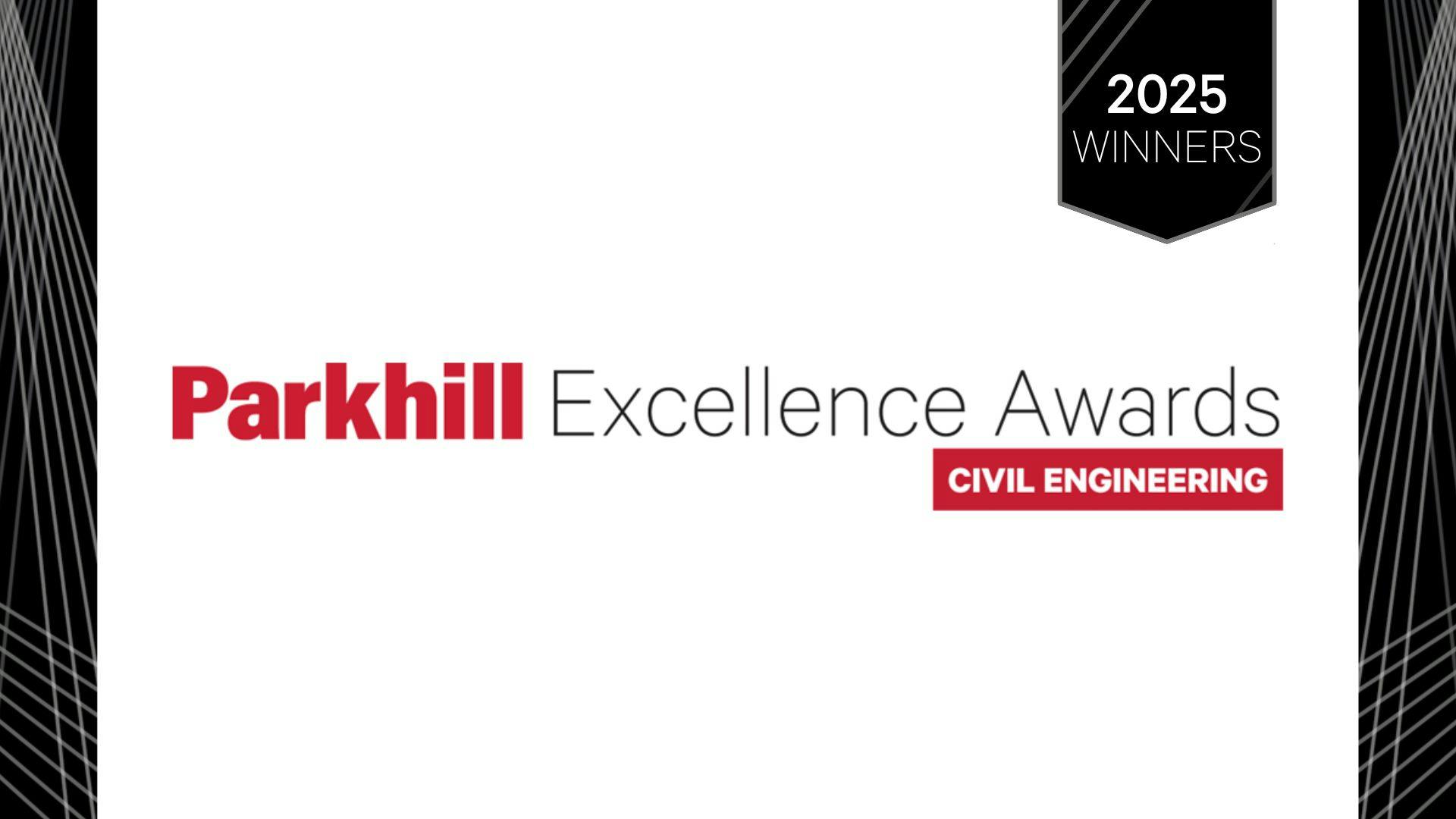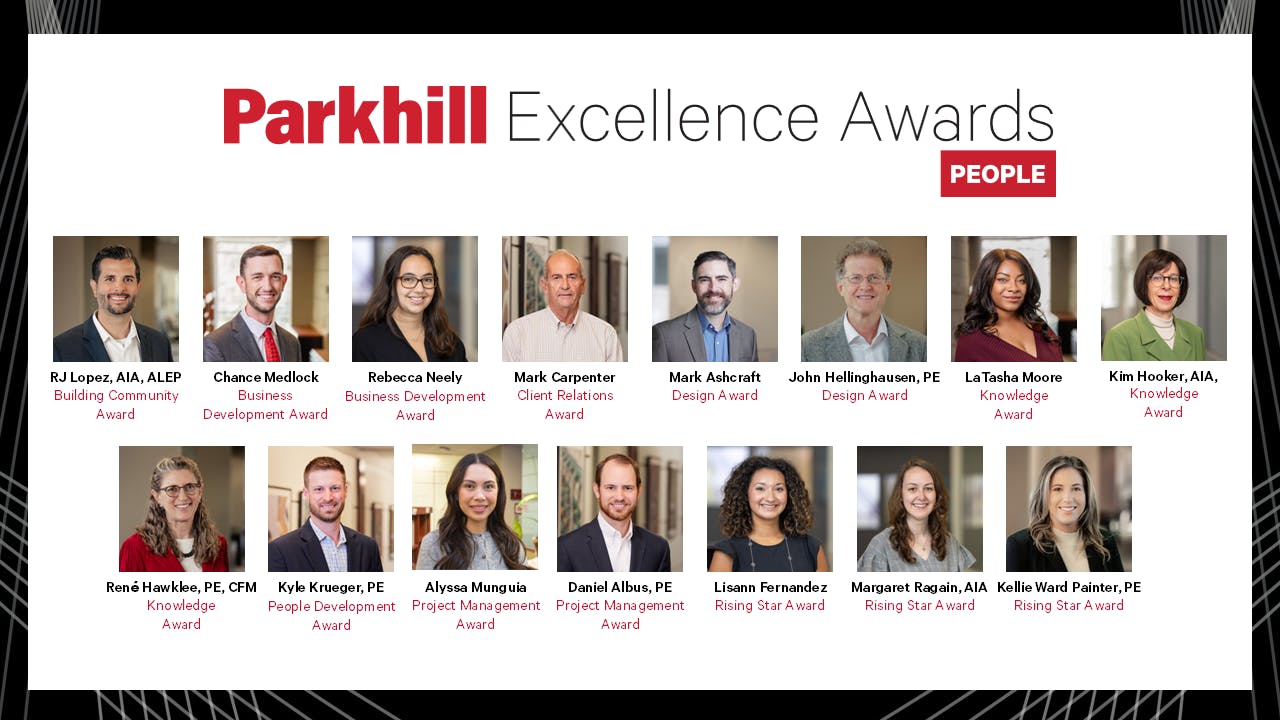At Parkhill, Every Day is Earth Day
Category: Building Community
Written By: Chris Libby
Date: April 21, 2023
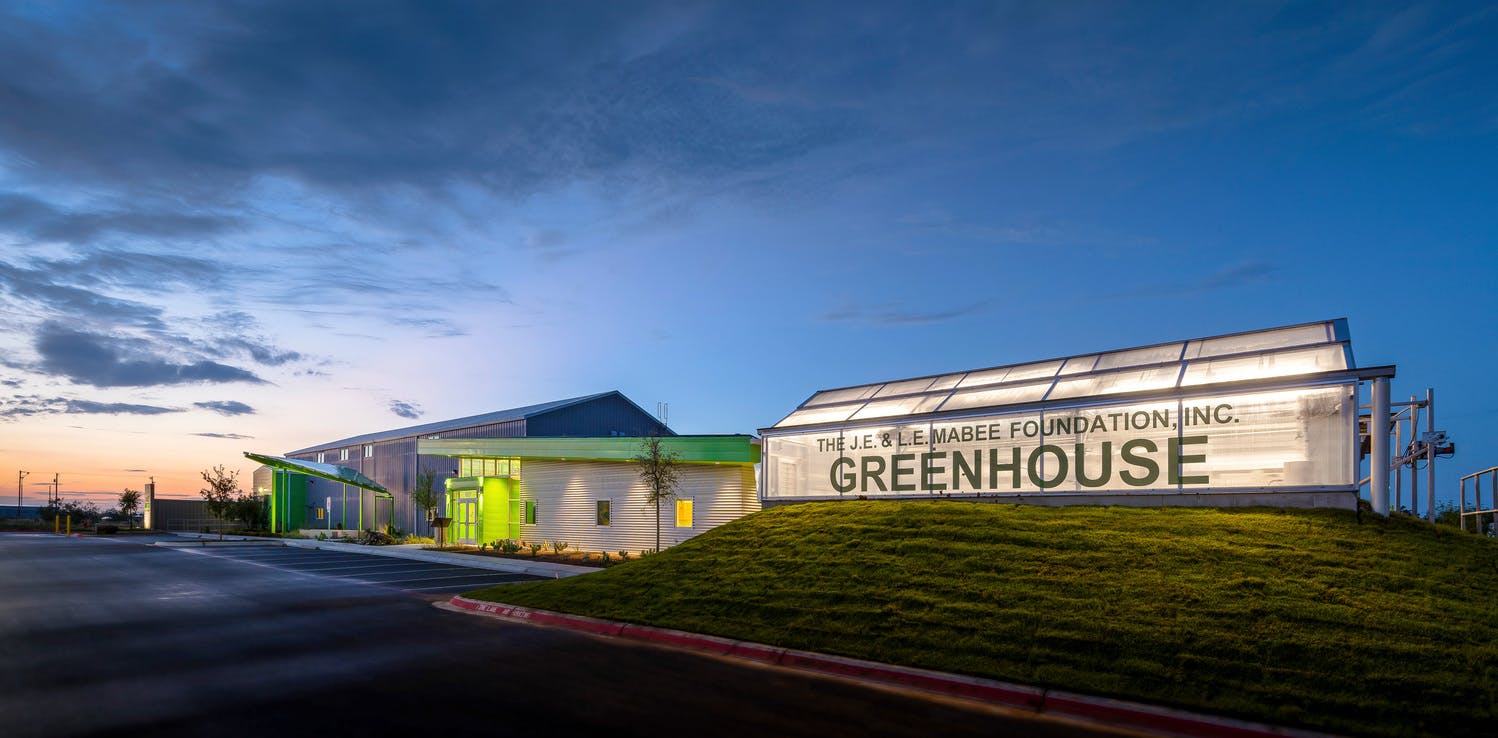
There’s one thing that we can say with certainty: The earth is our home, and it is a place we all share. Its future directly impacts our own, and the better stewards we can be at making our home more hospitable now, the better chance we will have at securing a better tomorrow for generations to come. Established in 1970, Earth Day (April 22) is an annual day of recognition for environmental protection and to bring more awareness about how we can all play a role in protecting the planet.
It’s no secret that the built environment contributes 40% of the world’s greenhouse gas emissions. In response to that glaring statistic, the American Institute of Architects (AIA) issued a challenge in 2009 asking architecture, engineering, and construction firms to make a pledge to reduce carbon emissions to net zero by 2030. The AIA 2030 Commitment has already been adopted by more than 1200 firms. So far, as an industry, 417 firms reported that more than 20,000 projects have reduced the average predicted energy use intensity (pEUI) for whole building projects by 50%. While this is great news, there is still a long way to go.
Architects and engineers make up a small percentage of the workforce in the United States, but the design and development of buildings, structures, and cities has a direct impact on climate change. “It’s one of the biggest challenges we face as a society,” says Dan Hart, FAIA, PE, Parkhill’s Executive Vice President of Architecture. “That's a lot of agency for a small group of people.” He believes it is imperative that as an industry with this much influence on climate change, the time is now to correct the course so we can ensure a better environmental future.
A Commitment to Real Change
Parkhill is a proud participant in the AIA’s 2030 Commitment to make the world a greener and cleaner place to live. With a continuous mission of Building Community, Parkhill’s goal is to enhance lives with every project.
“As architects, we have taken an oath for the well-being of people in our spaces,” Parkhill’s Chris Mundell, AIA and LEED (Leadership in Energy and Environmental Design) Fellow said. “Part of that oath is sustainability and no harm to people in our spaces. That includes health and everything about the environment within those buildings. That’s why we are required to do something.”
As a LEED Fellow, Chris has earned the highest designation given by the U.S. Green Building Council. He’s passionate about educating people and clients about the benefits of sustainability and has been involved in LEED projects for more than a decade.
Dan and Chris are part of a dedicated team at Parkhill that is helping to lead the way both inside and outside the confines of the firm.
According to Parkhill’s Sustainable Action Plan (SAP), this holistic firm-wide strategy addresses climate change by designing projects that:
- Are responsive to the changing climate now and into the future.
- Place people and their well-being first.
- Use the latest data, analysis, and strategies to ensure the best practices are being used for positive outcomes.
Sustainability Means Business
Chris believes that adopting these practices is not only good for sustainability but it’s good design. And for architects and engineers, that just makes sense. Using passive designs, early energy modeling, and benchmarking to set energy goals helps clients make better sustainable decisions at the beginning of a project. For example, one Parkhill client was able to save on energy costs by rotating the position of the structure. It’s this type of informed insight that builds strong client relationships and shows Parkhill’s commitment to a holistic and sustainable approach to design.
More efficient use of our resources means less waste and pollution, which saves money and increases health. Sustainability cannot only reduce the cost of energy and water used inside of a building, but there are also reduced costs when the people inside are healthier, including an increase in productivity, the ability to learn, and recovery times from illnesses.
Contrary to what Kermit the Frog thinks, it can be easy being green and doesn’t have to take a herculean effort to live a more responsibly sustainable lifestyle. “If everyone can just do one thing better, it will make a huge difference,” Chris says. “We don’t have to do everything but pick one item that makes sense to you and make the change. It can be recycling or composting; driving an EV or using public transportation; turning off the lights or using solar panels.”
Leading by Example
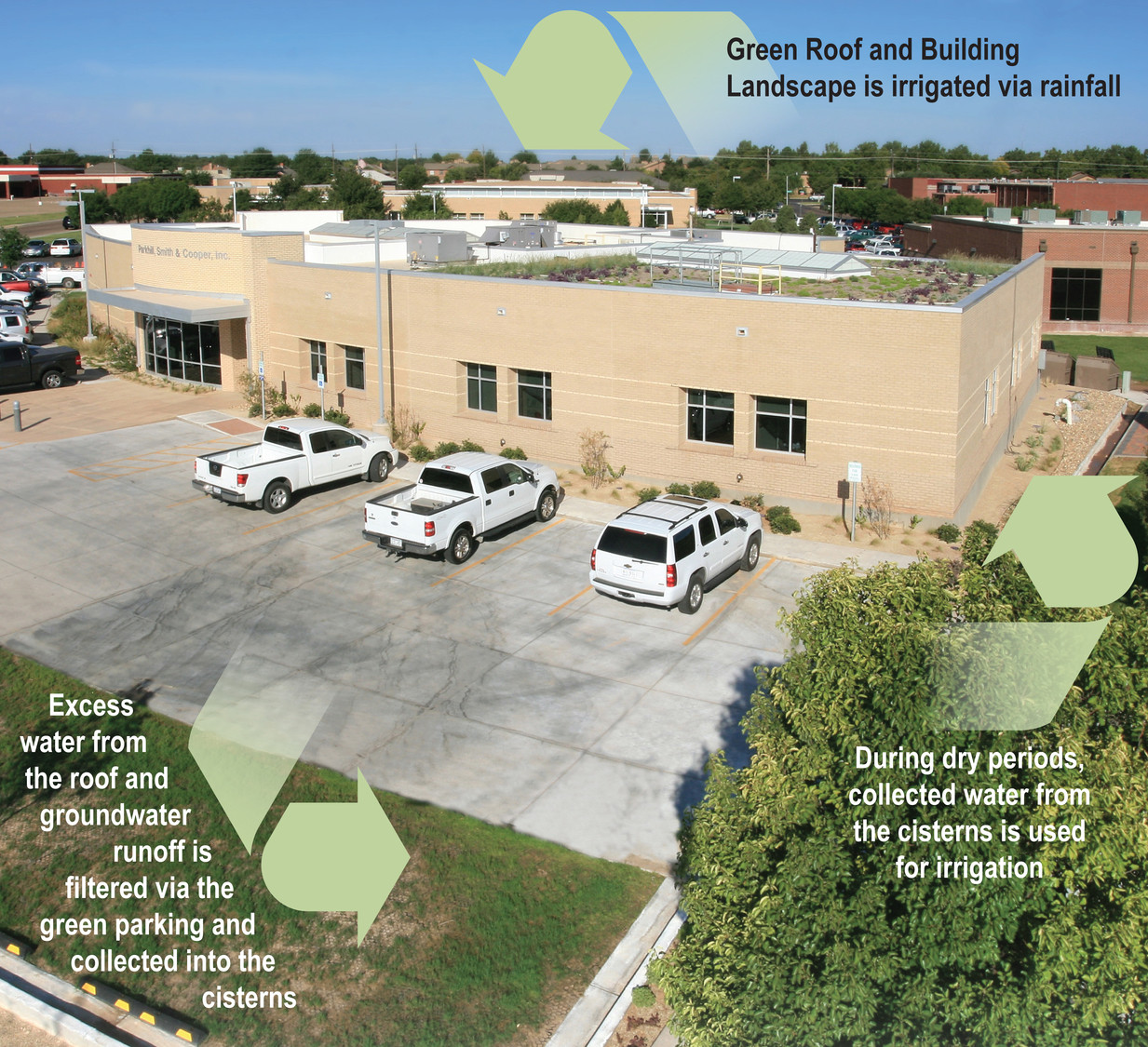 Parkhill not only helps clients achieve their sustainability goals but uses those best practices within the organization as well. Parkhill’s second office building on the Lubbock campus is just one example and is made of integrated sustainable materials, systems, products, and technologies. It even has one of the first “green” roofs in West Texas.
Parkhill not only helps clients achieve their sustainability goals but uses those best practices within the organization as well. Parkhill’s second office building on the Lubbock campus is just one example and is made of integrated sustainable materials, systems, products, and technologies. It even has one of the first “green” roofs in West Texas.
Other sustainable features of the building include:
- Daylighting and exterior views;
- Light control systems;
- Low-flow plumbing, waterless urinals;
- Drought-tolerant landscaping;
- Recycled materials;
- And high-efficiency mechanical systems and energy management systems that reduce energy use by 50%.
Two of Parkhill’s recent sustainable projects include the West Texas Food Bank and Bonton Farms Wellness Center.
